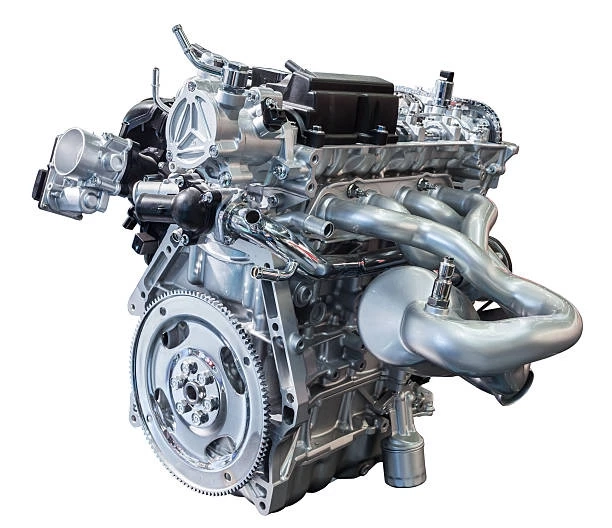The Ford Explorer engine has evolved significantly since the SUV’s debut in the early 1990s, becoming one of the most versatile and powerful engine lineups in the mid-size SUV segment. Over the years, Ford has continuously refined the Explorer’s powertrain to meet changing consumer demands for performance, fuel efficiency, and towing capacity—making the engine one of the SUV's most vital selling points.
The First Generation (1991–1994): The Birth of a Legend
The Ford Explorer was introduced in 1991 as a replacement for the Bronco II. The first-generation Explorer featured a 4.0L Cologne V6 engine producing around 155 horsepower and 220 lb-ft of torque. While it wasn’t built for speed, this engine offered decent torque for light off-roading and towing. Reliability and simplicity were the hallmarks of this early Ford Explorer engine, helping the SUV quickly gain traction in the American market.
Evolution into Power and Efficiency (1995–2005)
As the Explorer gained popularity, Ford improved its engine technology. By the late 1990s, the Explorer was offered with multiple engine choices including an updated 4.0L SOHC V6 and a more powerful 5.0L V8 engine producing 215 horsepower. These upgrades were introduced to boost performance for families seeking more than just a rugged off-roader.
In the early 2000s, the Ford Explorer engine lineup was enhanced further. The V8 version was upgraded to a 4.6L Triton V8, which increased horsepower and torque significantly, making the Explorer suitable for heavier towing and long highway trips. However, fuel efficiency was still an area of concern, especially as fuel prices began to rise.
A Shift Toward Modernization (2006–2010)
The mid-2000s marked a major shift in engine design for the Ford Explorer. The Explorer was redesigned with a focus on safety, comfort, and better road manners. The engine lineup remained relatively similar with the 4.0L V6 and 4.6L V8, but both were refined for smoother performance and improved emissions. Ford started incorporating more modern engine management technologies, enhancing the SUV’s reputation for drivability.

